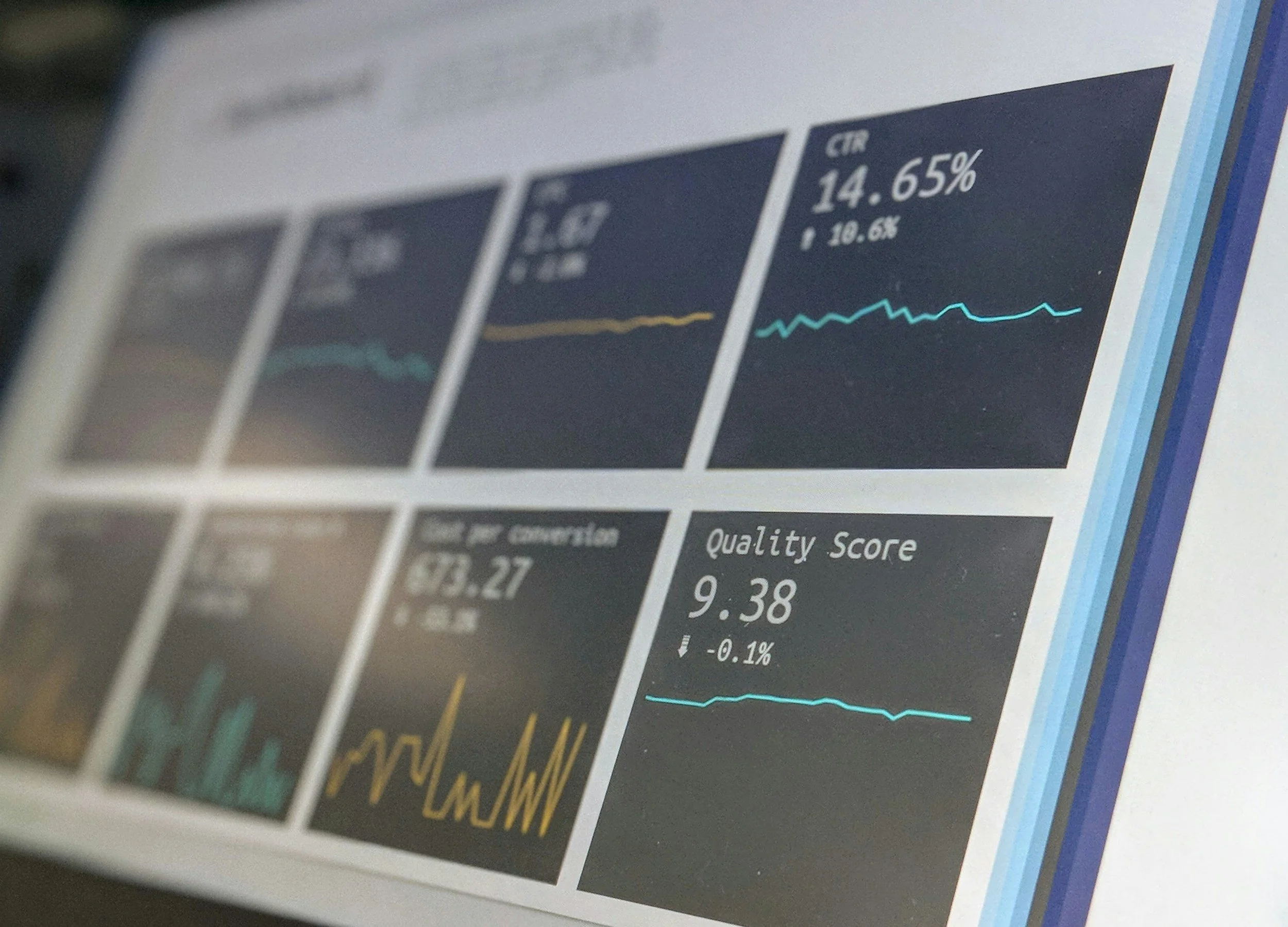Demand Gen ≠ Lead Gen: Let’s Clear This Up
I remember sitting in a strategy meeting where a peer confidently asked, “What’s our Lead Gen play for this quarter’s brand campaign?” I paused—not because I didn’t know the answer—but because the question itself revealed a bigger issue: we were confusing two fundamentally different strategies.
In marketing, few terms get tossed around (and tangled up) as much as Lead Generation and Demand Generation. Even seasoned professionals sometimes use them interchangeably. However, treating them as synonyms can compromise your funnel, misalign your teams, and dilute your results.
This article is for marketers, sales leaders, and executives who want to cut through the confusion finally. We'll unpack:
The real definitions of Demand Gen vs. Lead Gen
Common myths that keep teams stuck
Where do they belong in the buyer’s journey
And how both apply in B2B and B2C strategies
Let’s set the record straight.
In modern marketing, several key terms are often misunderstood or misused, including Lead Generation and Demand Generation. Marketers, executives, and sales teams often use them interchangeably, believing they’re just two phrases for the same activity. However, treating them as synonyms is inaccurate and damaging to strategy, measurement, and ultimately, business growth.
Let’s separate myth from reality and clarify what these terms really mean, why they matter, and what happens when they’re mirrored incorrectly.
The Definitions: Similar Tools, Different Missions
Demand Generation is a long-term, brand-building strategy focused on creating awareness and interest in your company, product, or category. It drives attention, education, and trust before someone is even ready to make a purchase.
Lead Generation is a short-term tactic for capturing contact information from interested individuals, often via gated content, webinars, or contact forms. It converts existing demand into actionable sales opportunities.
Demand Gen is the magnet.
Lead Gen is the net.
Both are needed, but they do different jobs.
Myth #1: “They’re Just Two Sides of the Same Coin”
Reality: They’re more like two stops on the same journey. Demand Generation happens upstream; it’s the prelude to Lead Generation. Demand Gen builds brand equity and educates the market, while Lead Gen capitalizes on that awareness to drive measurable conversions.
Myth #2: “Lead Gen is More Important—It Delivers Results”
Reality: This misconception arises because lead gen is easier to track. Marketers can point to downloads, form fills, or MQLs and say, “Look, here’s what we did.” However, without strong Demand Generation, your Lead Generation efforts are like fishing in a shallow pond. You’ll encounter higher acquisition costs, lower-quality leads, and wasted sales efforts.
Myth #3: “Demand Gen Doesn’t Drive ROI”
Reality: Demand Generation drives ROI—but not always immediately, and not always in ways traditional metrics capture. It builds trust, authority, and preference, which are harder to quantify but essential for high-value B2B purchases. When measured accurately (via brand lift, pipeline velocity, customer acquisition cost, etc.), the ROI becomes clear.
Where the Confusion Comes From: The “Mirroring” Problem
Some marketers mirror Demand Gen tactics as Lead Gen activities, trying to extract emails from educational content that should be freely consumed. This dilutes the purpose of both approaches.
Blurring the lines results in:
Poor customer experience (too many gates, not enough value)
Low-quality leads (people downloading content with no intent to buy)
Misaligned KPIs between marketing and sales
How They Fit Into the Buyer’s Journey
The buyer’s journey generally has three stages:
Awareness – The buyer realizes they have a problem or need.
Consideration – The buyer defines the problem and researches solutions.
Decision – The buyer evaluates and chooses a provider or product.
Demand Generation aligns with Awareness and early Consideration. It fosters visibility, trust, and engagement through a range of channels, including ungated content, social media, podcasts, videos, and events.
Lead Generation comes into play during the late Consideration and Decision Stages. It uses landing pages, gated assets, free trials, demos, and forms to capture qualified interest and move prospects to the sales team.
They’re not competing—they’re complementary. A strong demand gen strategy sets the stage for effective lead gen.
B2B vs. B2C: How Each Strategy Applies
B2B (Business-to-Business)
Longer sales cycles, multiple stakeholders, and higher price points.
Demand Generation is essential for building brand credibility and educating complex buying groups.
Lead Generation tactics focus on demos, whitepapers, webinars, and MQL-to-SQL handoffs.
B2C (Business-to-Consumer)
Shorter sales cycles, individual decision-making, and lower transaction values.
Demand Generation often happens through content marketing, social media, and influencer engagement.
Lead Generation might include promotions, discount codes, or email list building.
In both cases, Demand Gen builds the environment for conversion; Lead Gen captures the outcome when intent is high.
What Smart Marketers Do Instead
Balance the Funnel
Invest in both demand creation and lead capture. Don’t starve your pipeline by focusing only on one.Match Metrics to Intent
Measure Demand Gen by reach, engagement, and brand lift. Measure Lead Gen by conversion rates and sales outcomes.Educate Stakeholders
Help sales and leadership understand the differences. This alignment is crucial for establishing the right expectations and allocating resources effectively.Design the Journey, Not Just the Form
Create content experiences that organically lead buyers from awareness to interest to action. Not every piece needs a gate.
Final Thoughts
Demand Generation and Lead Generation are partners, not twins. Confusing them leads to poor performance, fractured strategy, and frustrated teams. They work harmoniously when used correctly and intentionally, driving brand affinity and bottom-line results.
Stop mirroring. Start clarifying.




